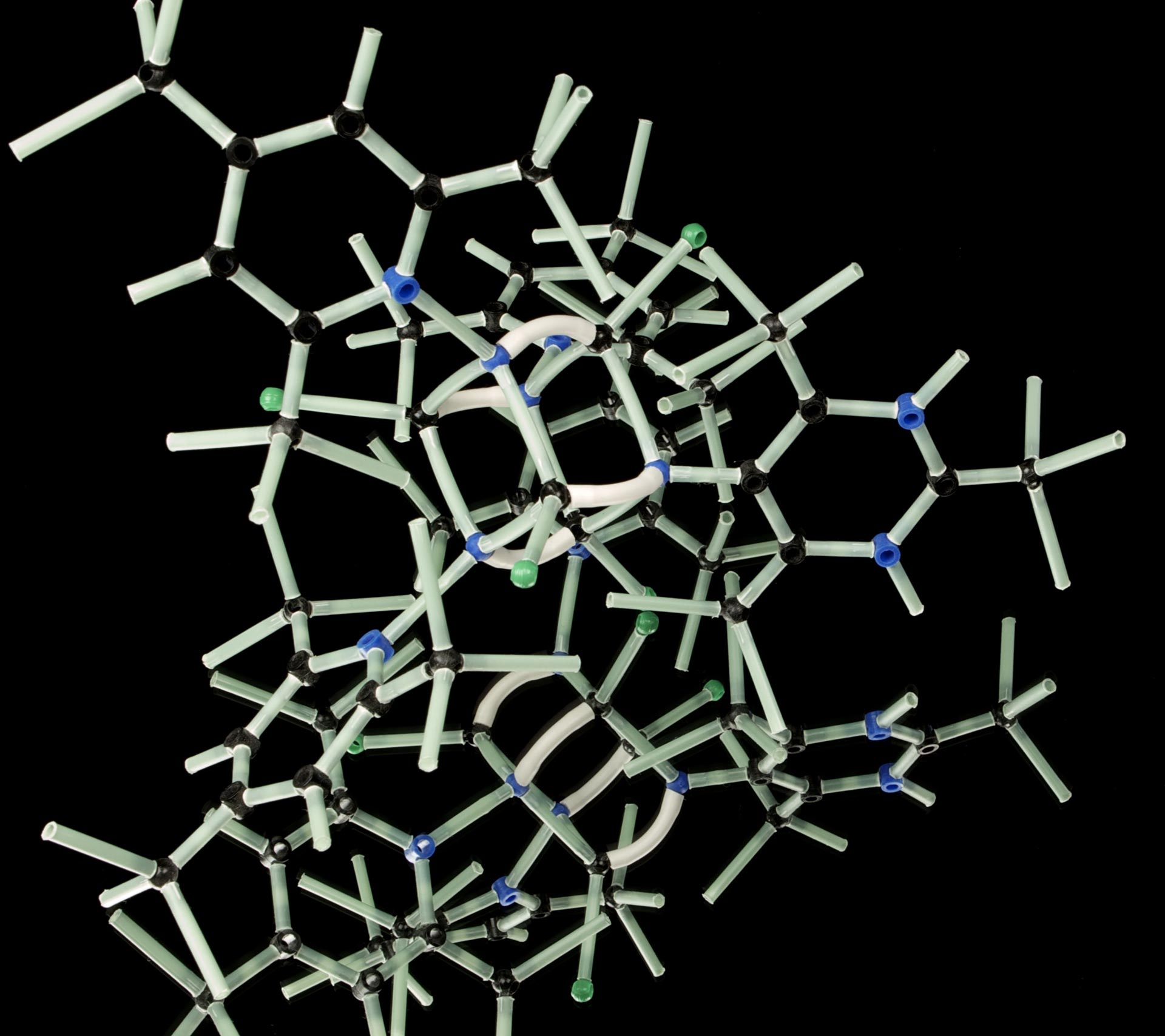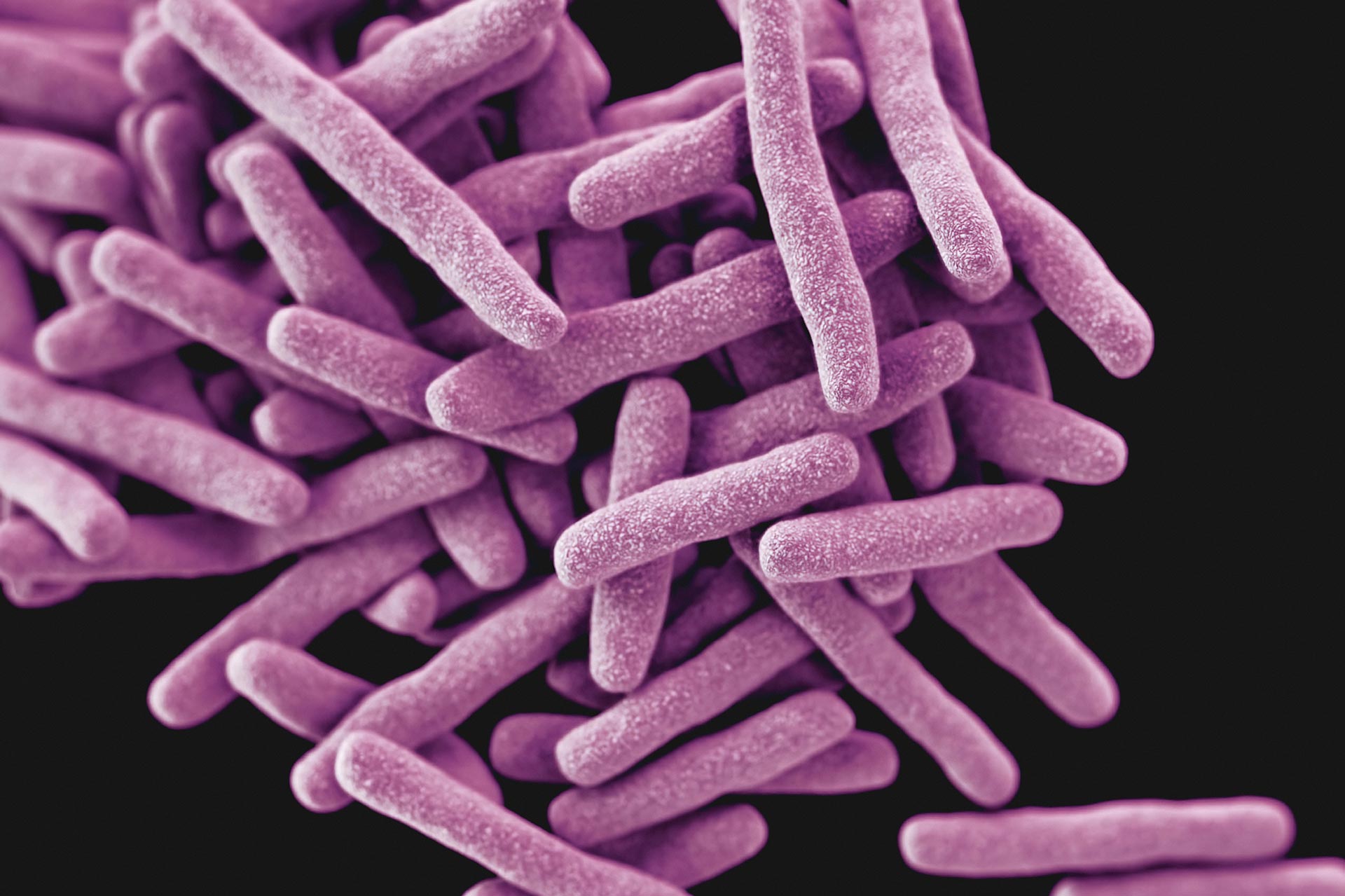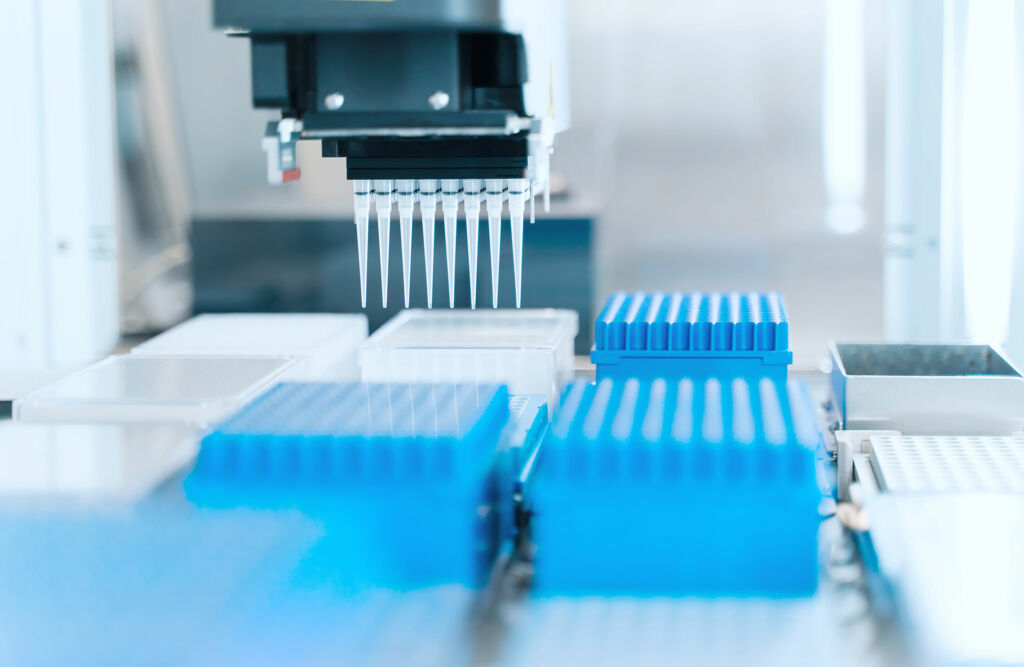NAIAP Program
Developing new molecules to eliminate persistent bacteria
Bacterial persisters are a “dormant” subpopulation of cells that are tolerant or unresponsive to antibiotic treatment which can lead to chronic recurrent infection.
Bacterial persisters are a “dormant” subpopulation of cells that are tolerant or unresponsive to antibiotic treatment which can lead to chronic recurrent infection.
This subpopulation of non-growing bacteria can remain in a state of low metabolism for weeks or months in persistently infected patients, only to later “awaken,” often in a more aggressive form.
High persisters of Pseudomonas aeruginosa for example are selected in patients with cystic fibrosis and some nosocomial diseases .
When a population is treated with an antibiotic, regular cells die, whereas persisters survive. In order to kill, antibiotics require active targets, which explains persisters tolerance. This phenomenon is different from resistance mechanisms that arises due to the overuse of antibiotics. Microbial persisters can cause recurrent or intractable infections, causing chronic infections carrying an increasing clinical burden.
Our drug candidate derived from an analysis by artificial intelligence of a new mechanism of action has shown unique biological activity, able to specifically eliminate persistent bacteria. We aim at curing patients suffering from chronic infections and that suffer from infectious relapses.




